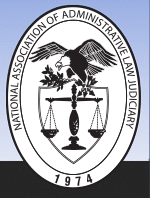First Page
1
Last Page
42
Abstract
This article will begin by providing an overview of the Federal Communications Commission’s role in regulating broadcast television. In Section II, this article will explain in depth how the FCC has placed limitations on the type of content and circumstances under which television stations can broadcast content. This discussion will lead into the Children’s Television Act (CTA) of 1990 and the regulation of children’s television—also known as the KidVid Rules. After providing some background on the creation of the CTA and its effectiveness up to recent times, Section III will dive deeper into the 2019 CTA modifications. Then this article will examine the contents of the 2019 Notice of Proposed Rulemaking, analyzing the changes made in addition to the attached commissioners’ statements. The article will analyze the FCC’s proposed alternatives to broadcast children’s television: public children’s educational television and other sources of children’s educational programming named in the order, including cable television, online sites/programming, and Over the Top (OTT) streaming platforms. Lastly, the article will explain how these proposed options are untenable substitutes for historically effective KidVid Rules.
Recommended Citation
Lauren Bashir,
Broadcast in the Past?: The Dangers of Deregulating Children’s Broadcast Television,
44 J. Nat’l Ass’n Admin. L. Judiciary
1
(2023)
Available at:
https://digitalcommons.pepperdine.edu/naalj/vol44/iss1/1
Included in
Administrative Law Commons, Communications Law Commons, Entertainment, Arts, and Sports Law Commons

